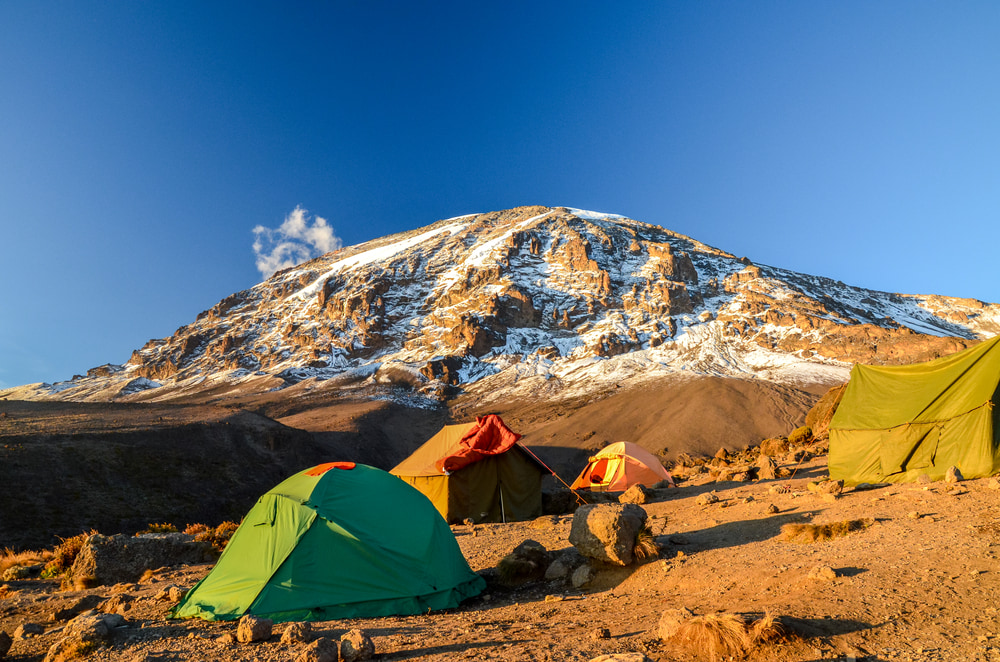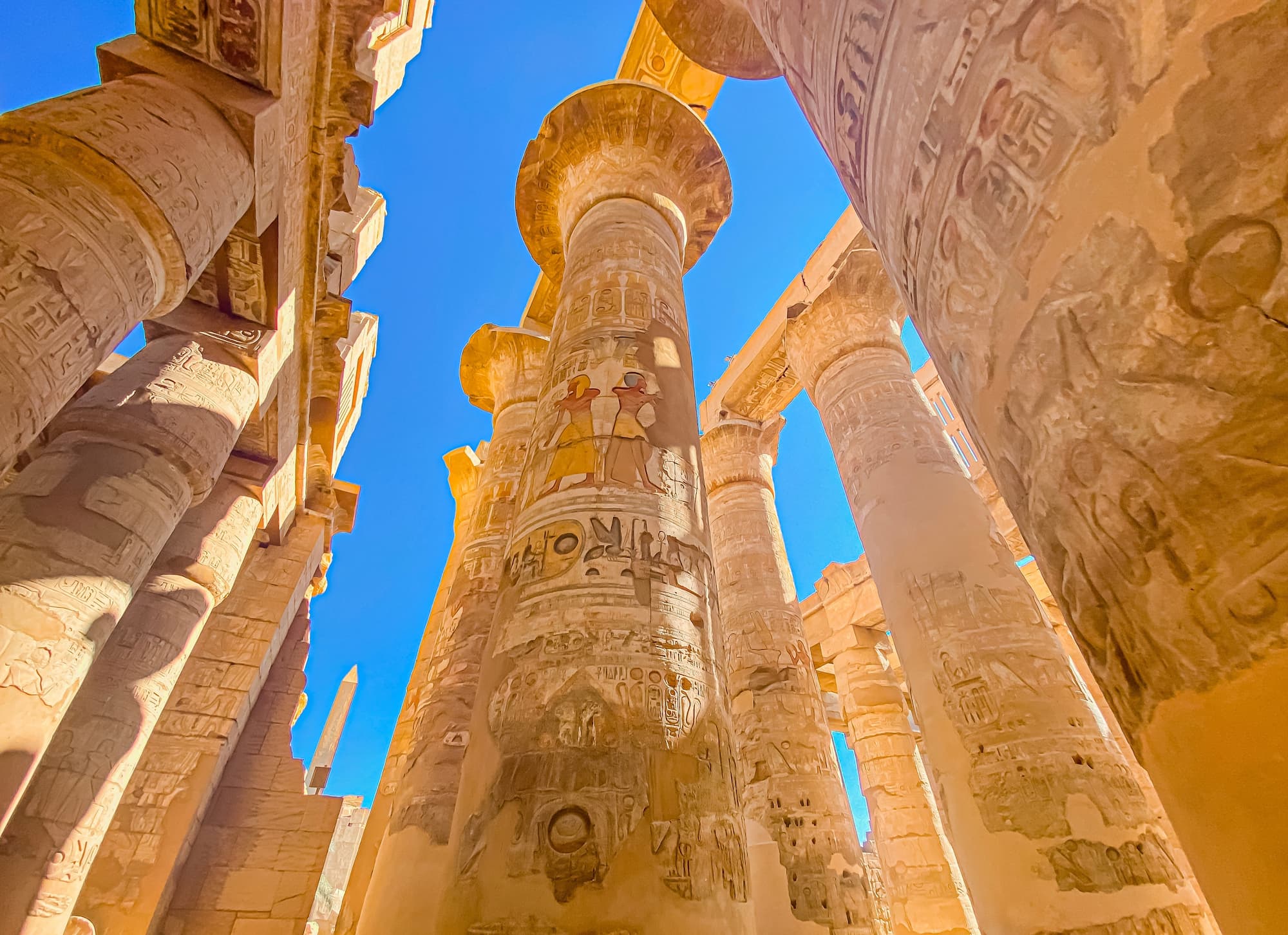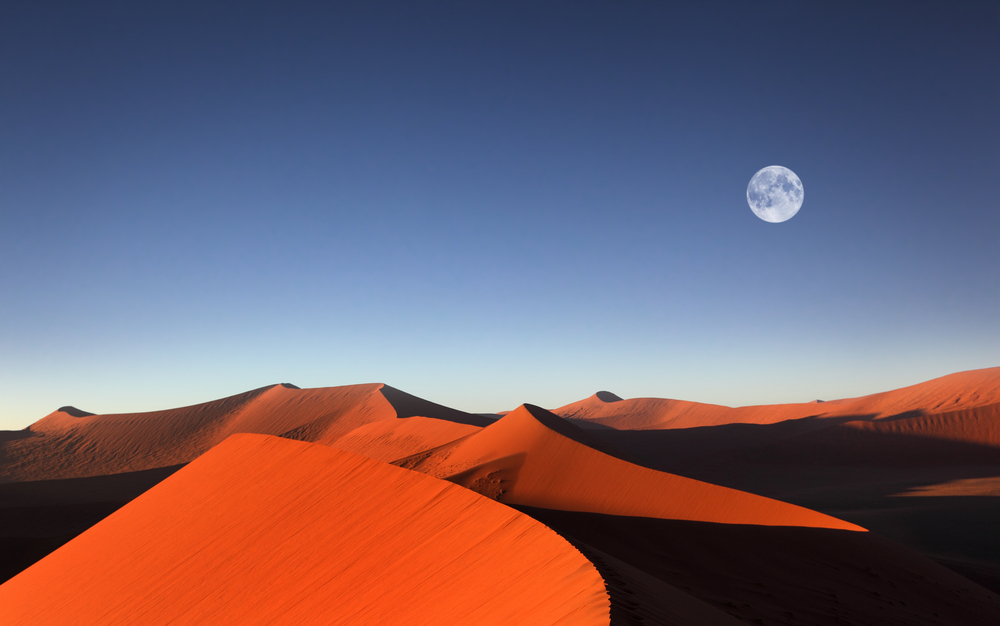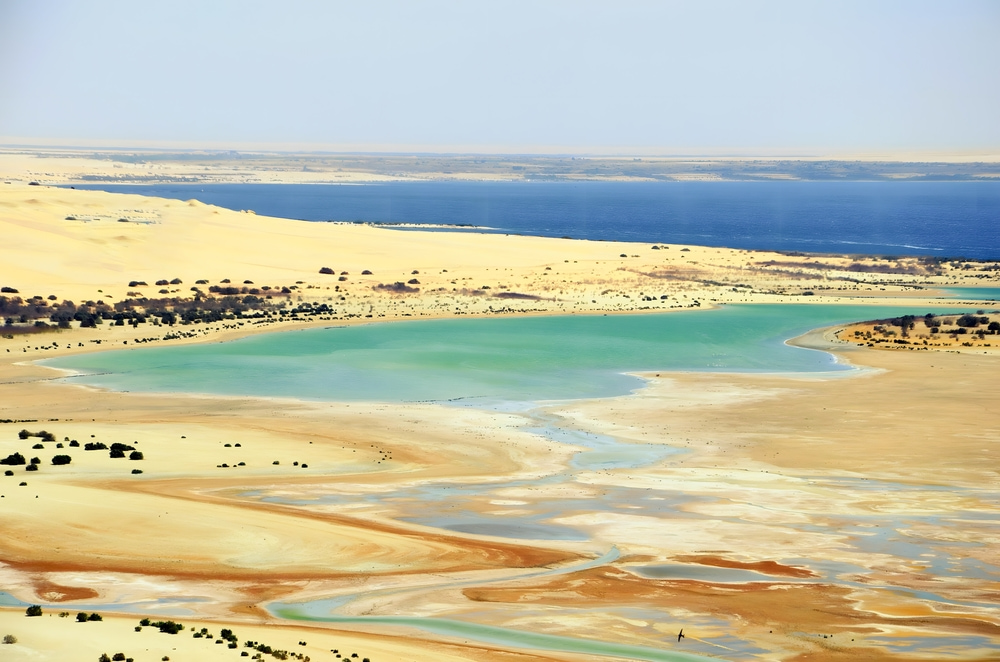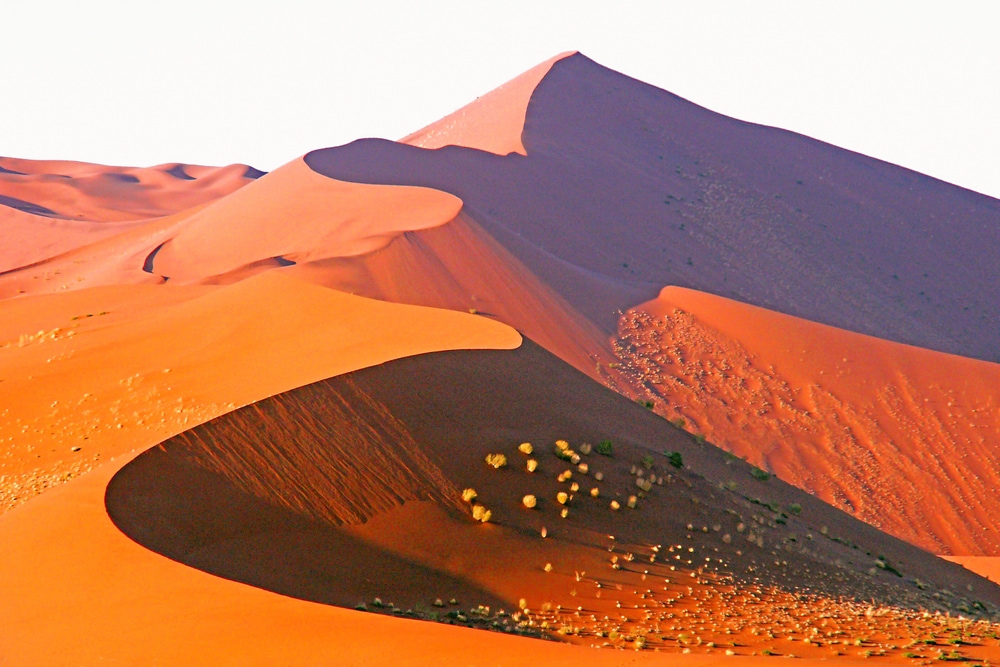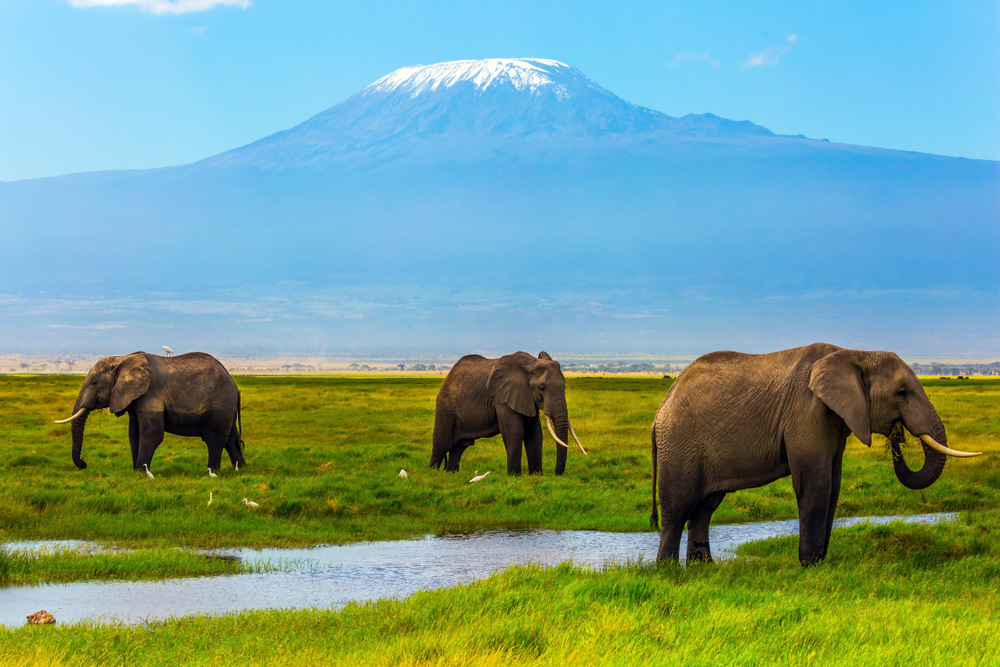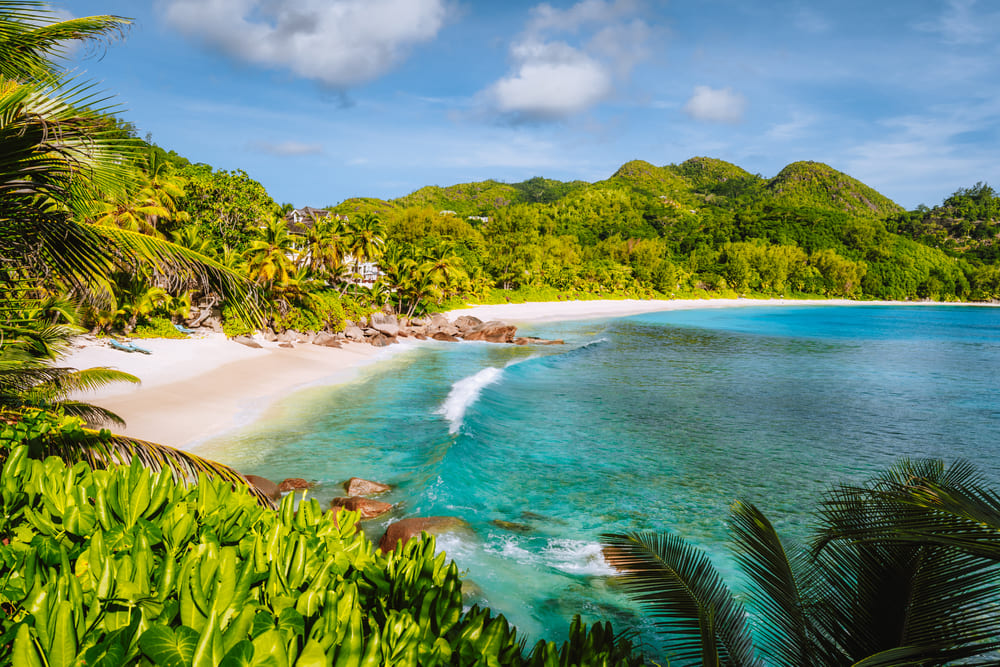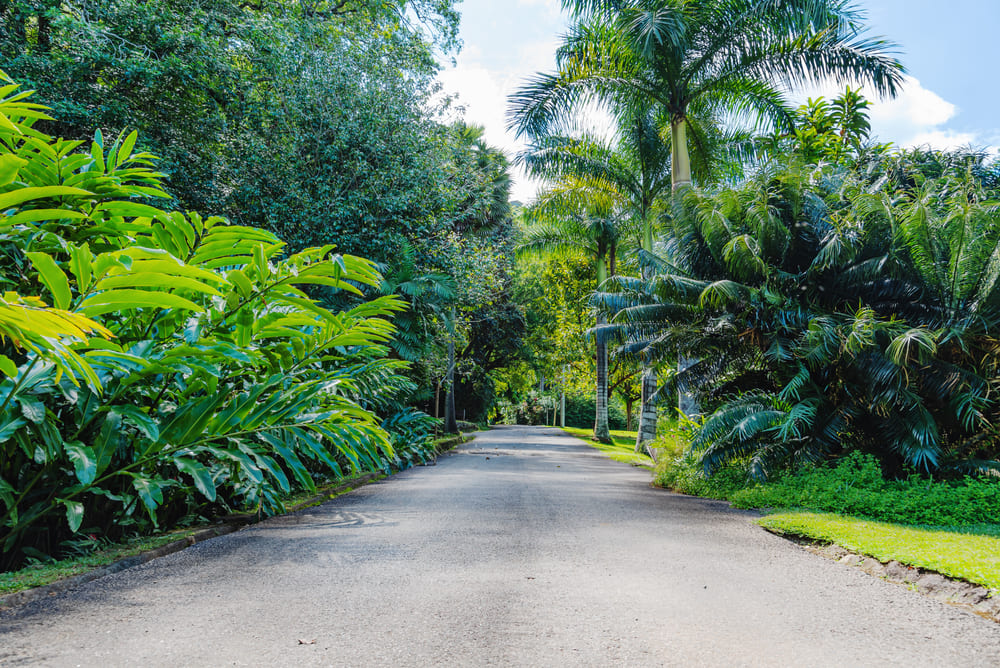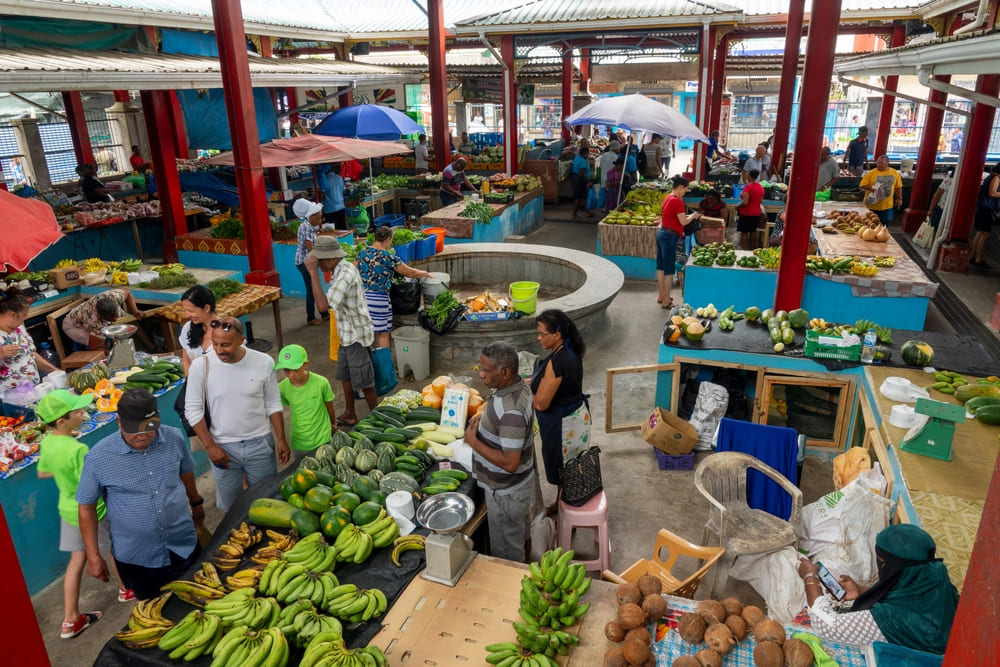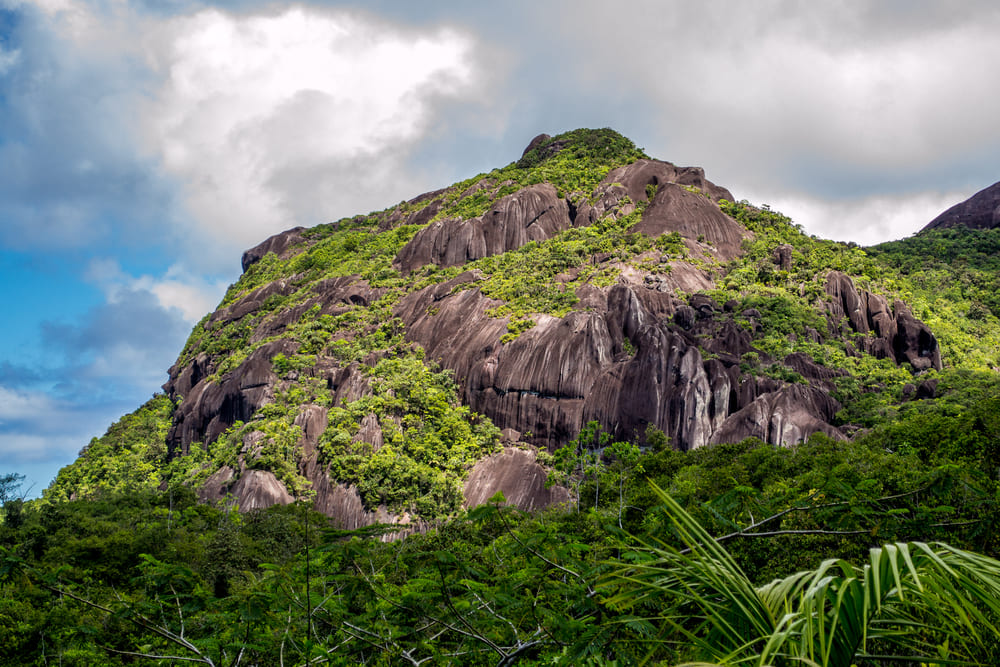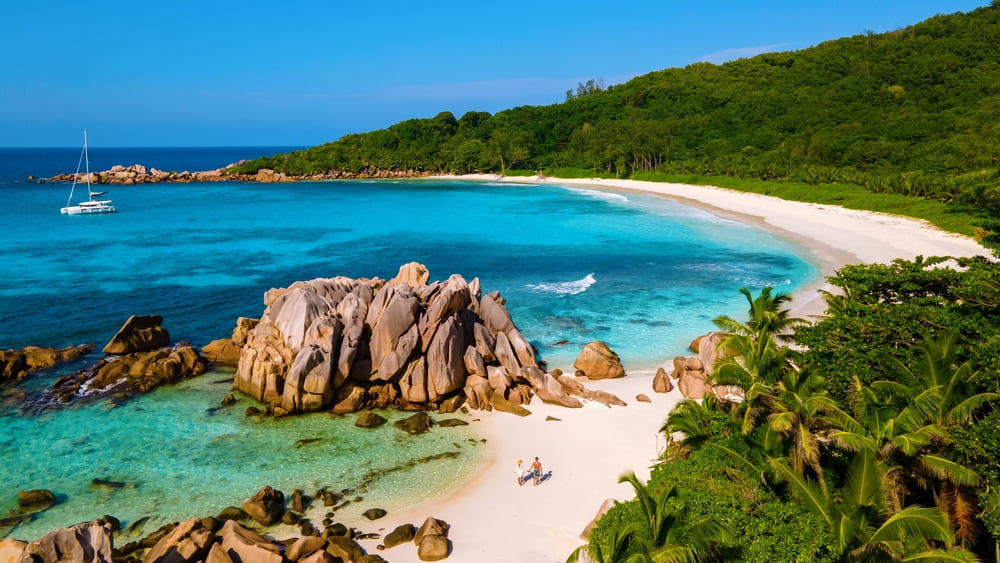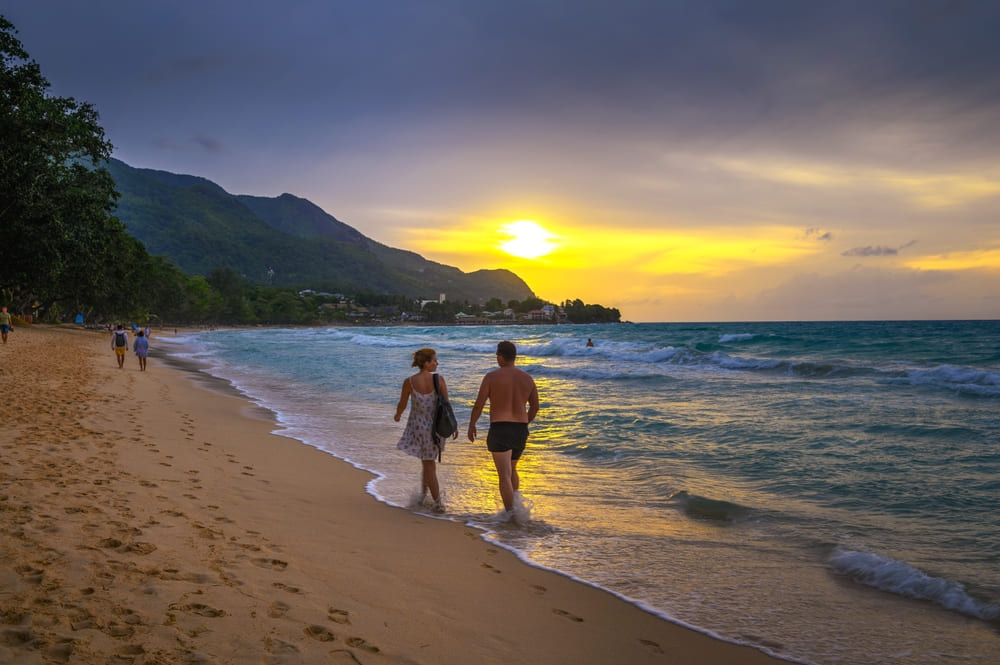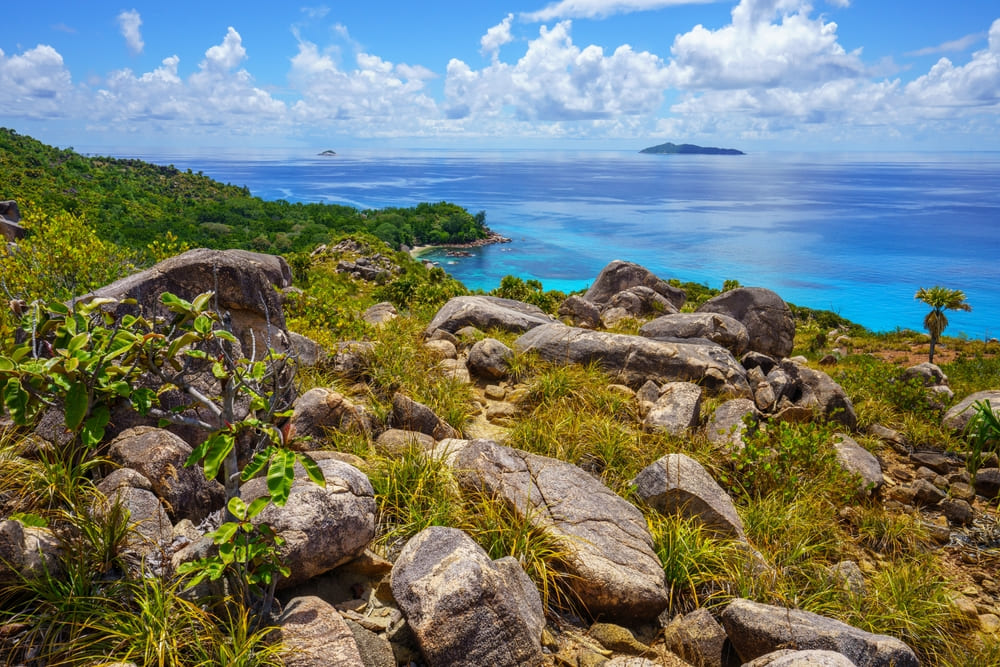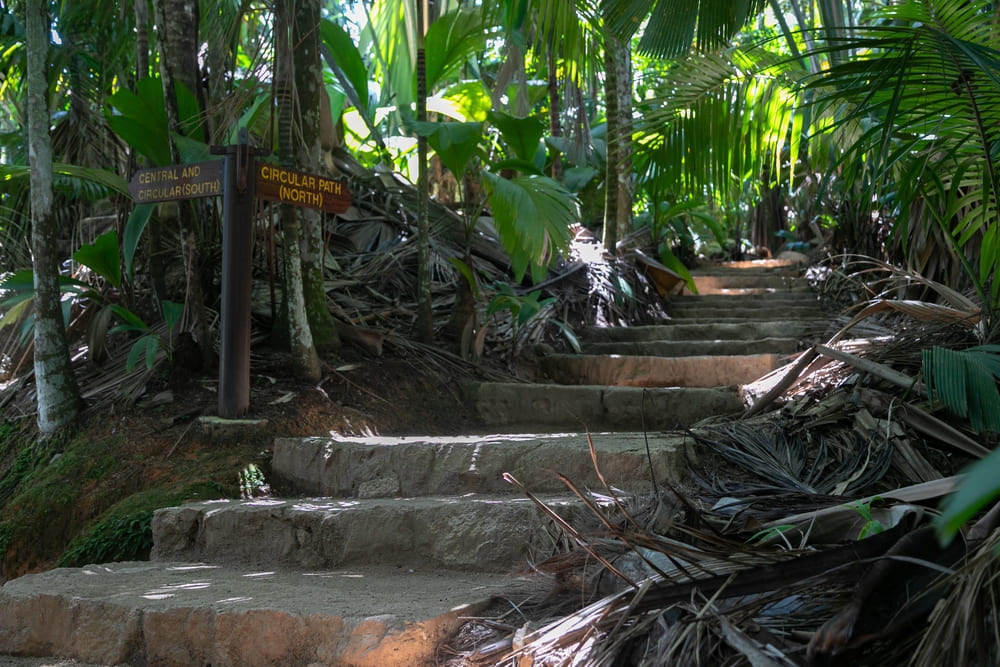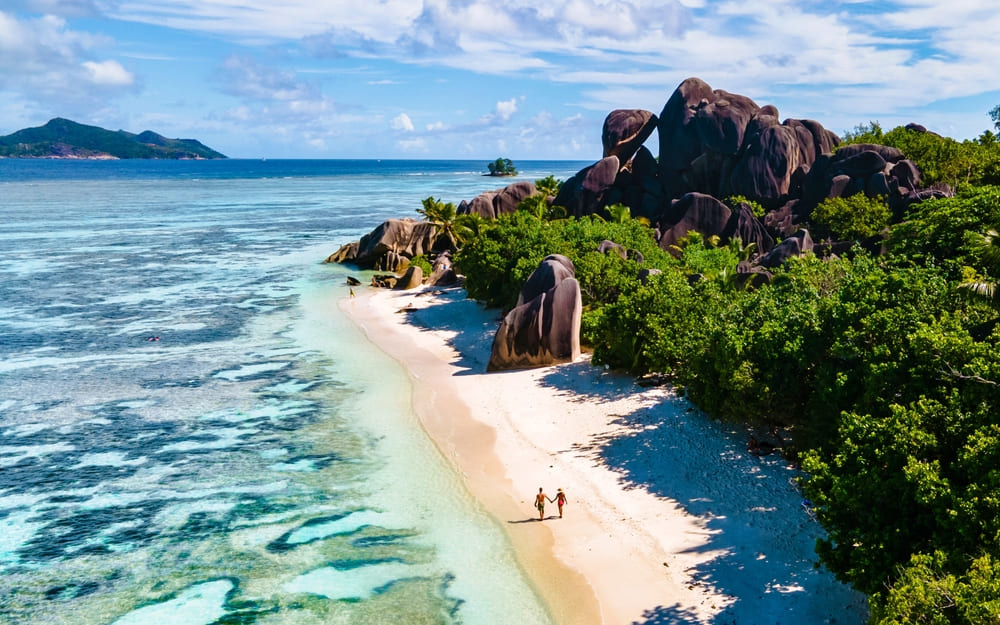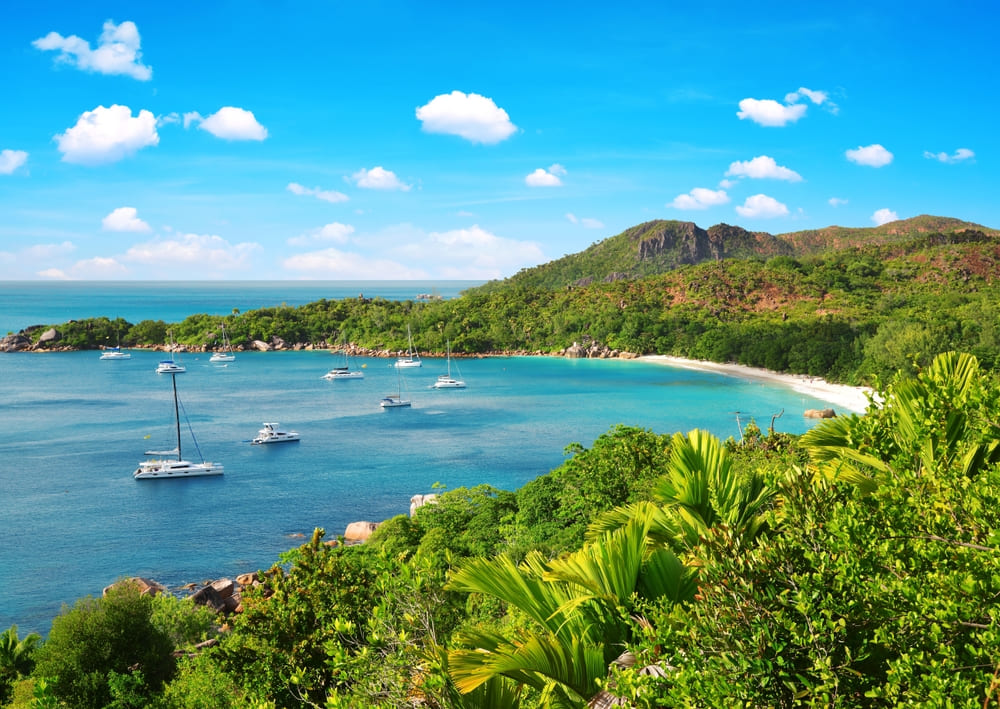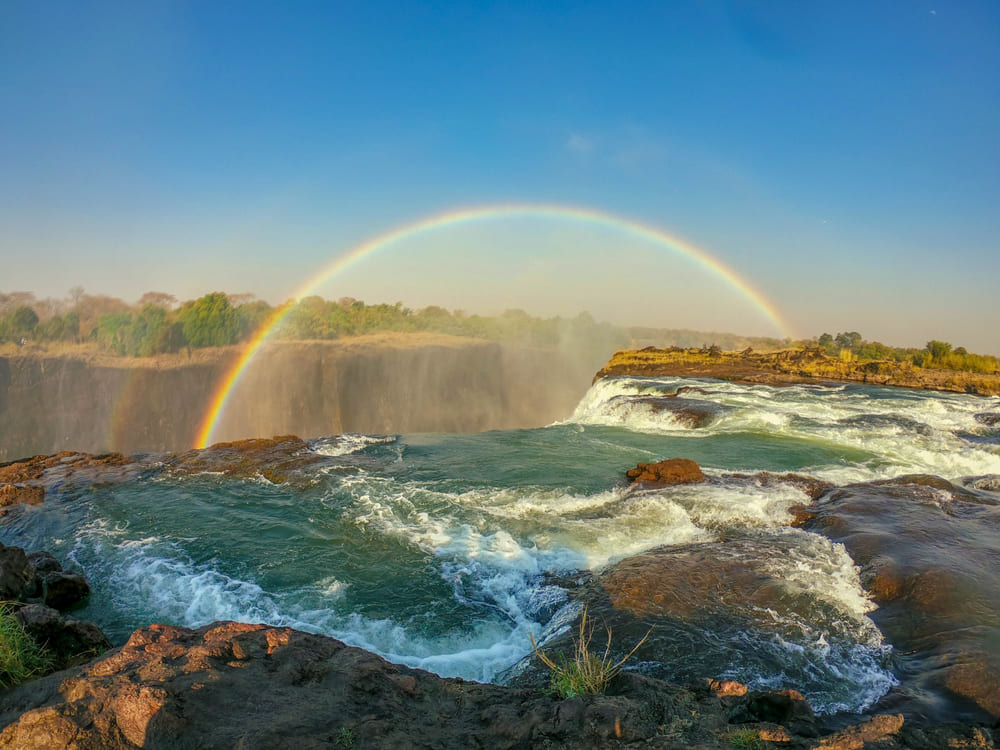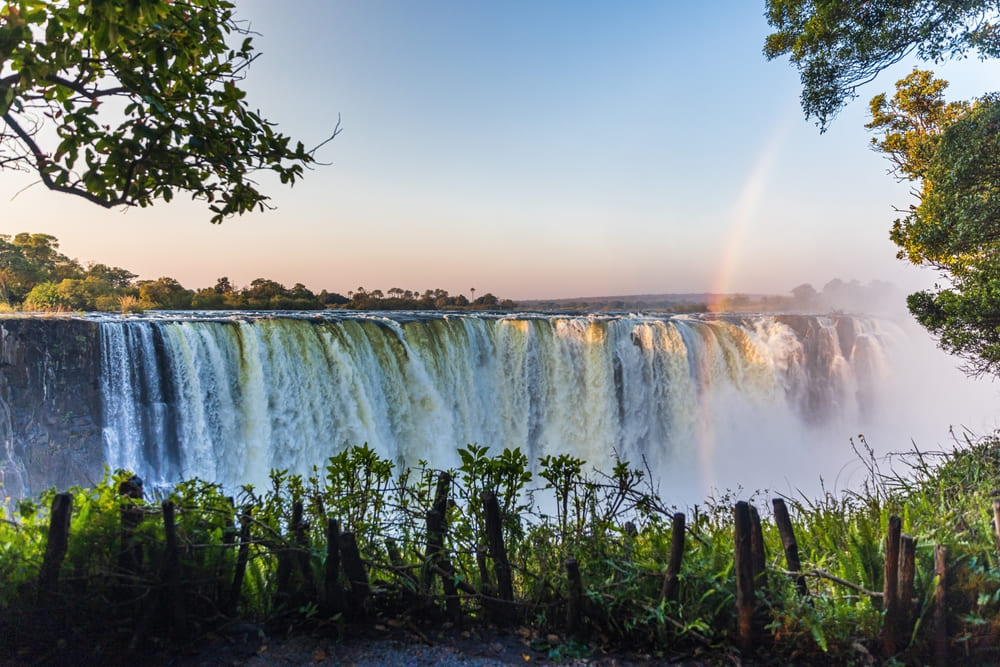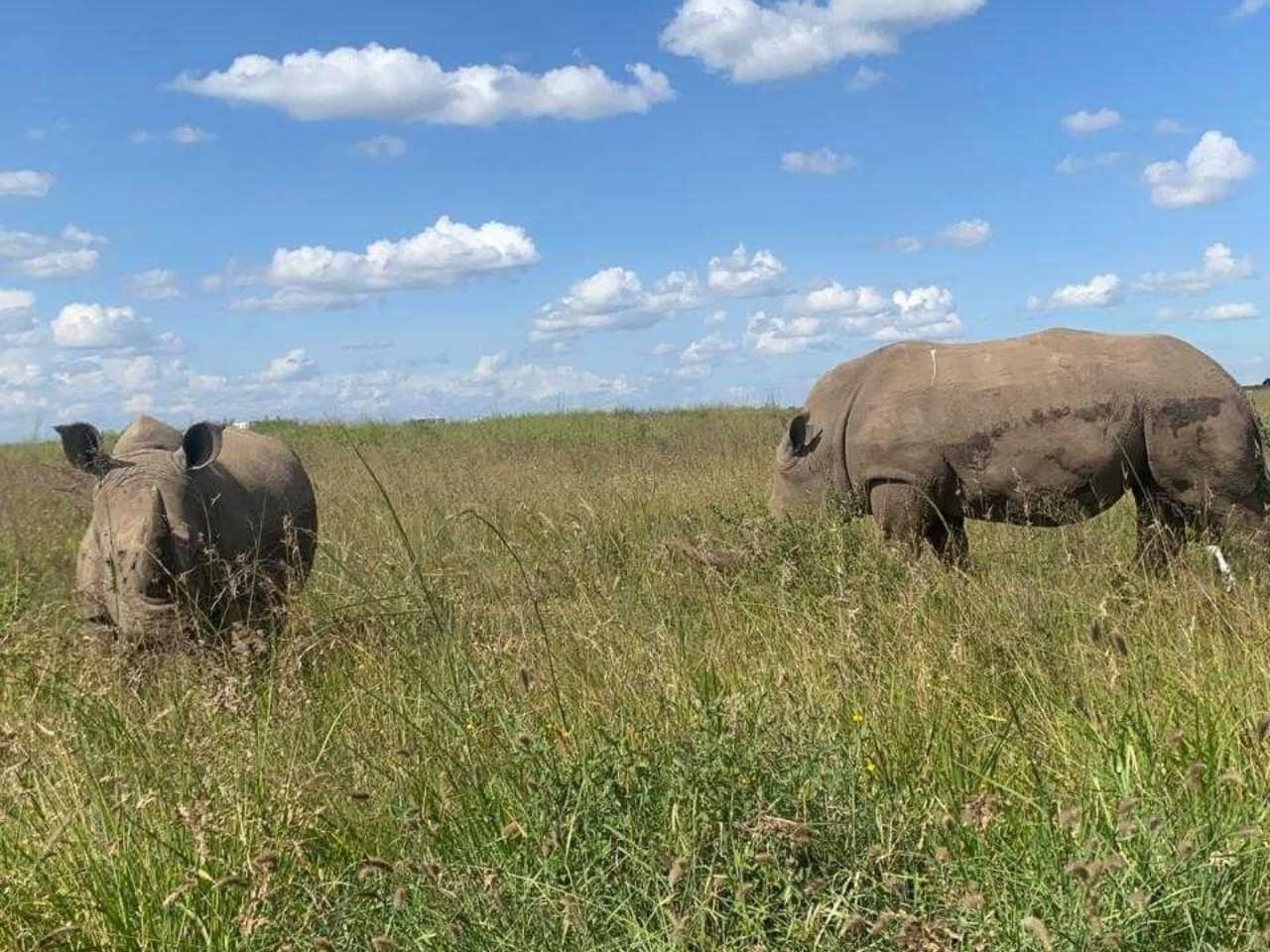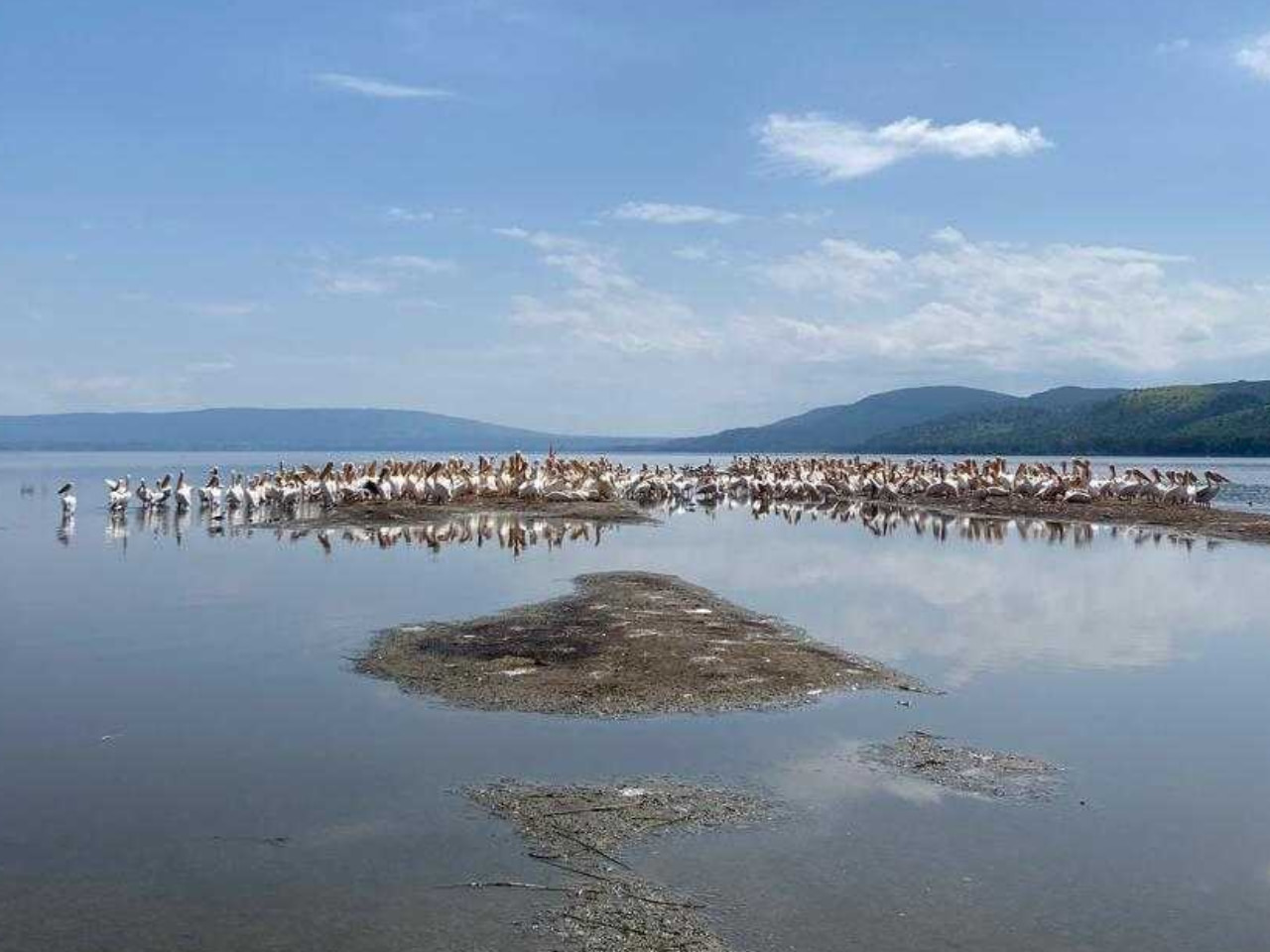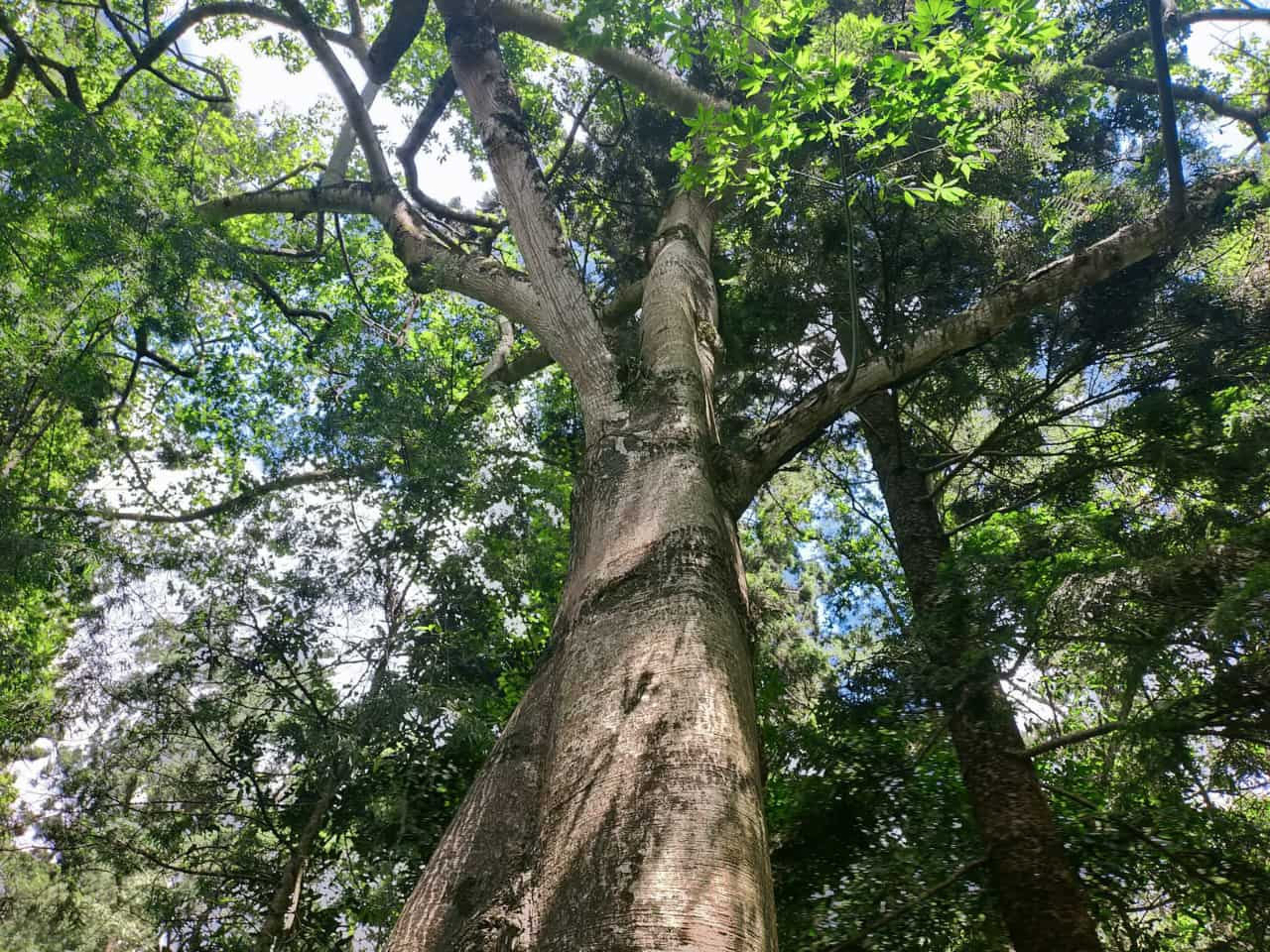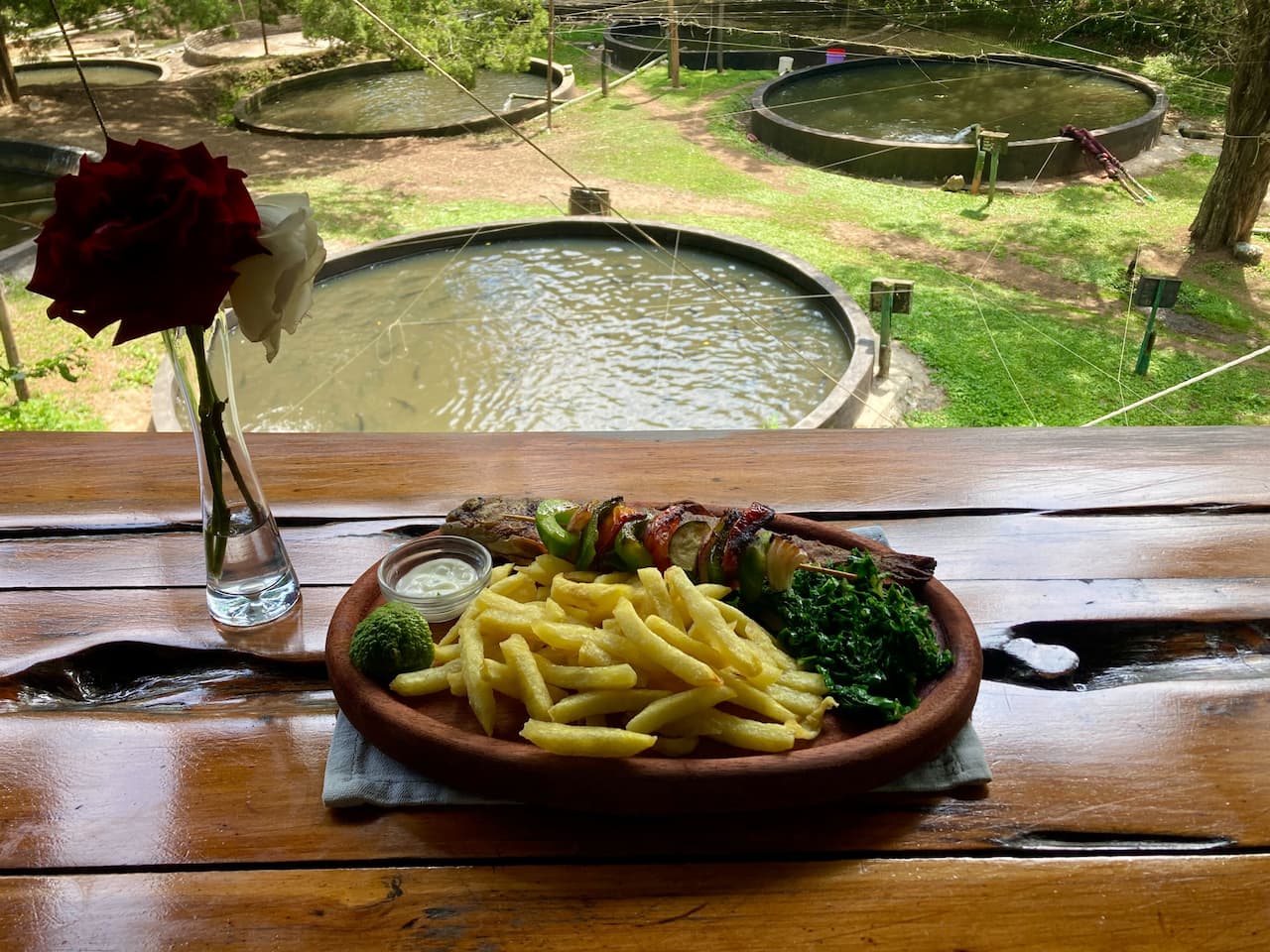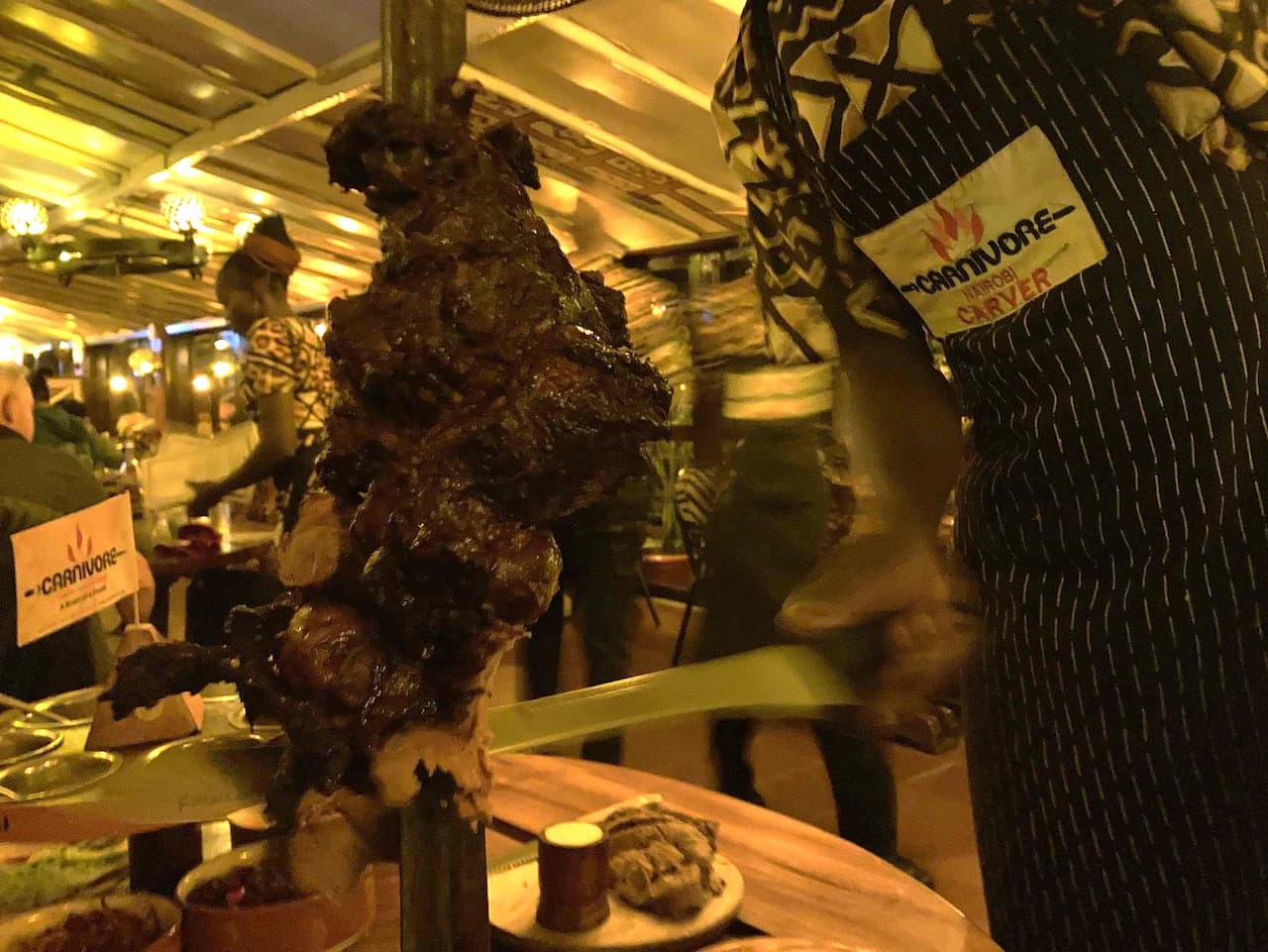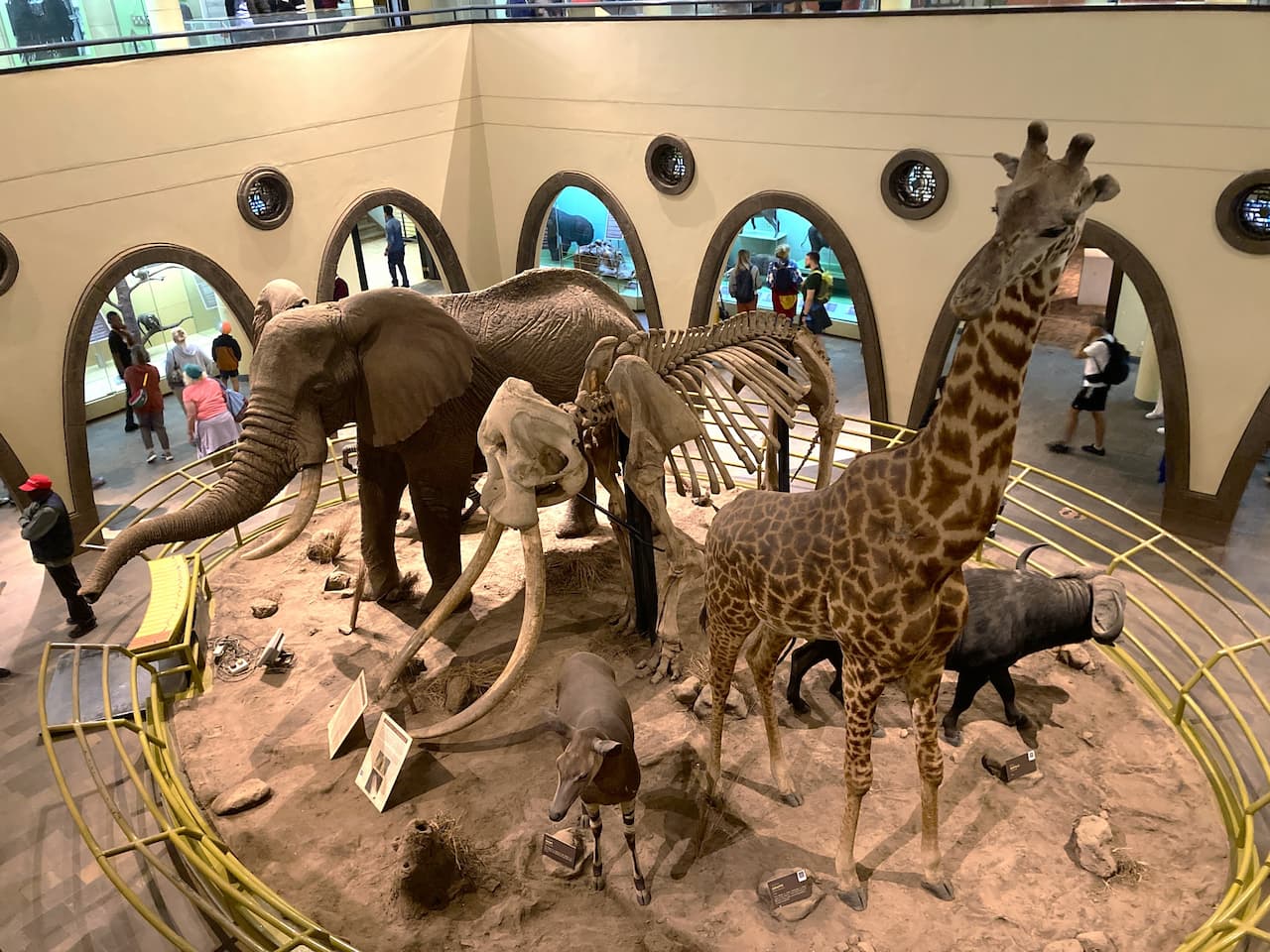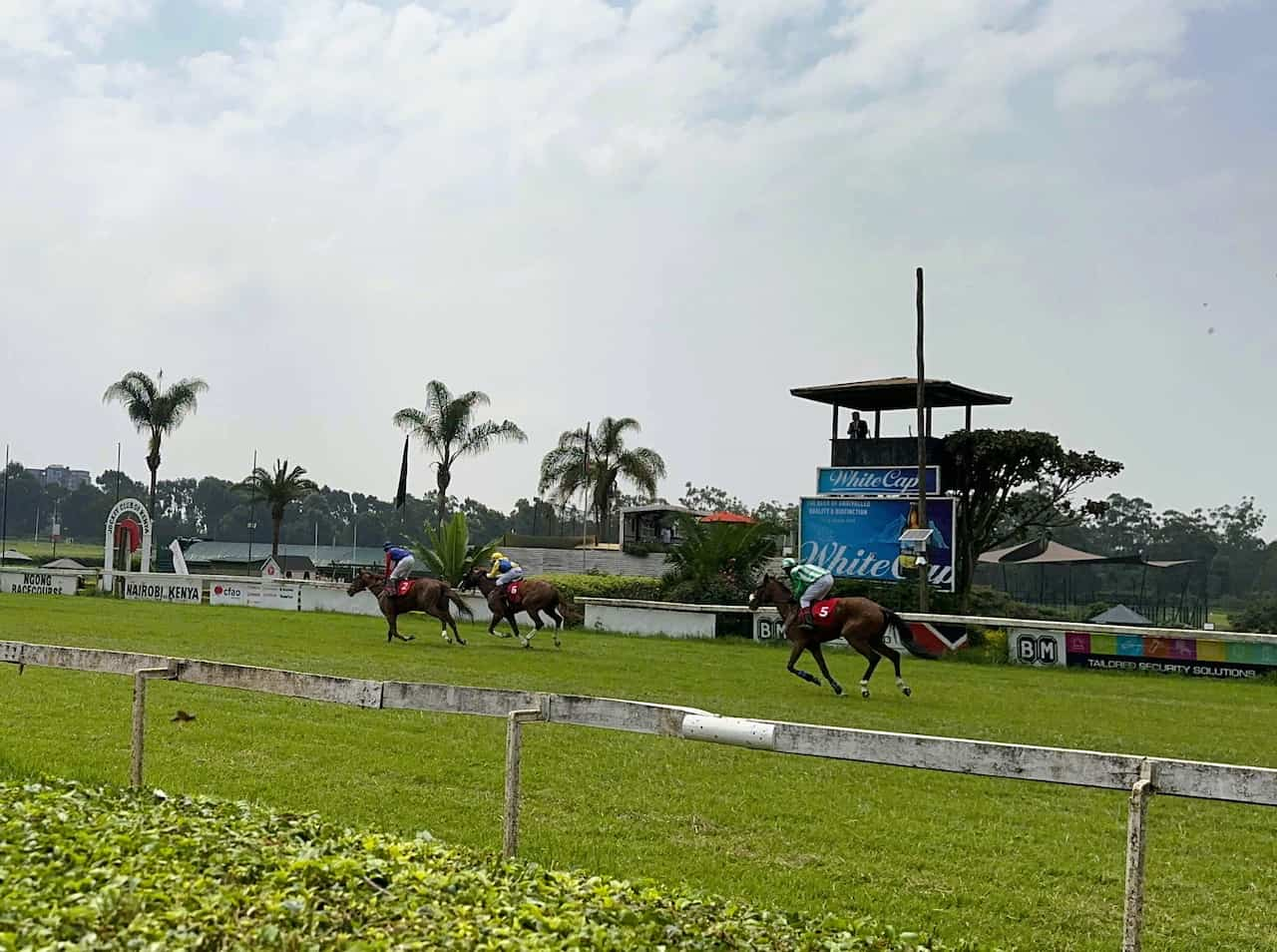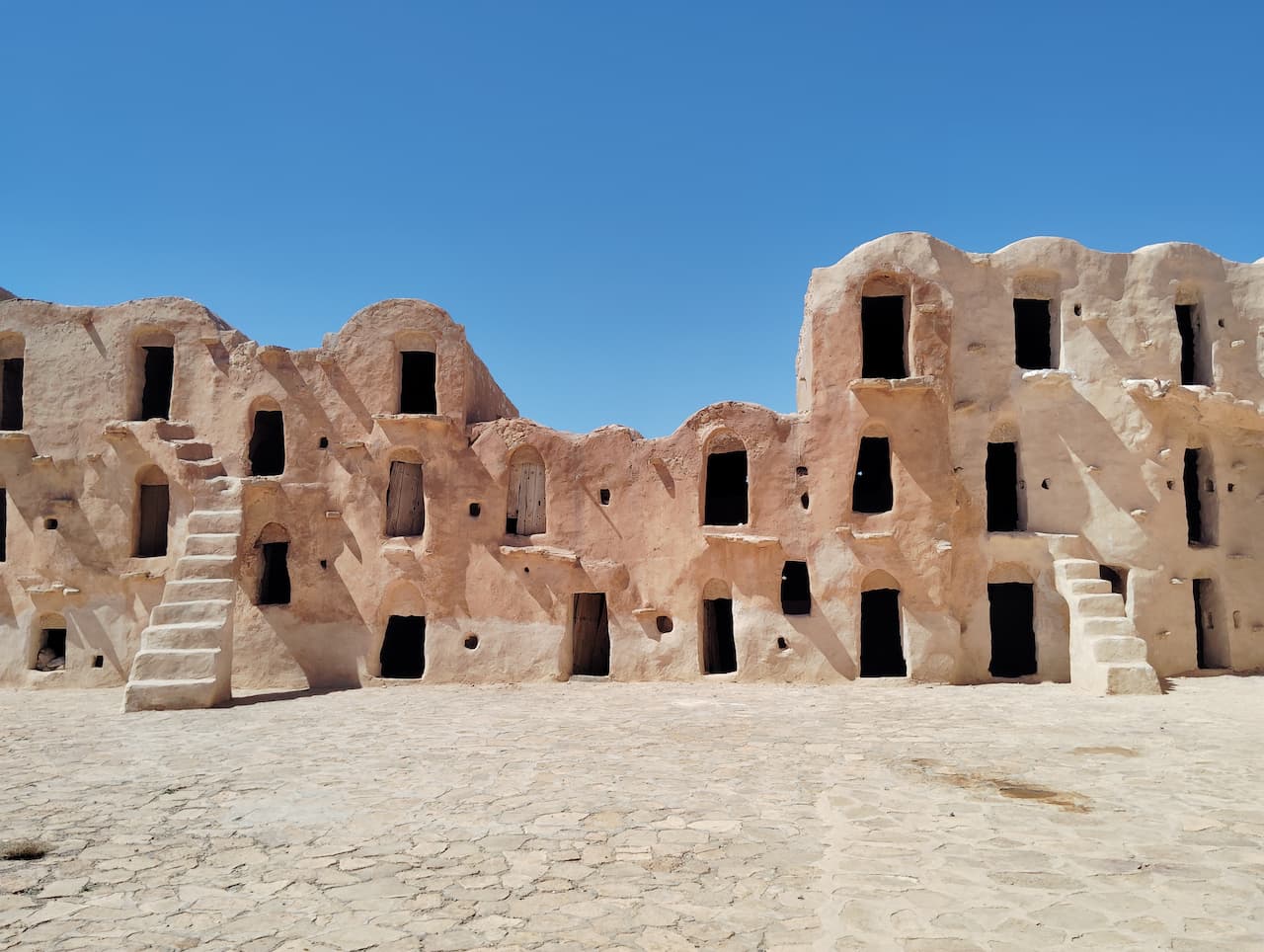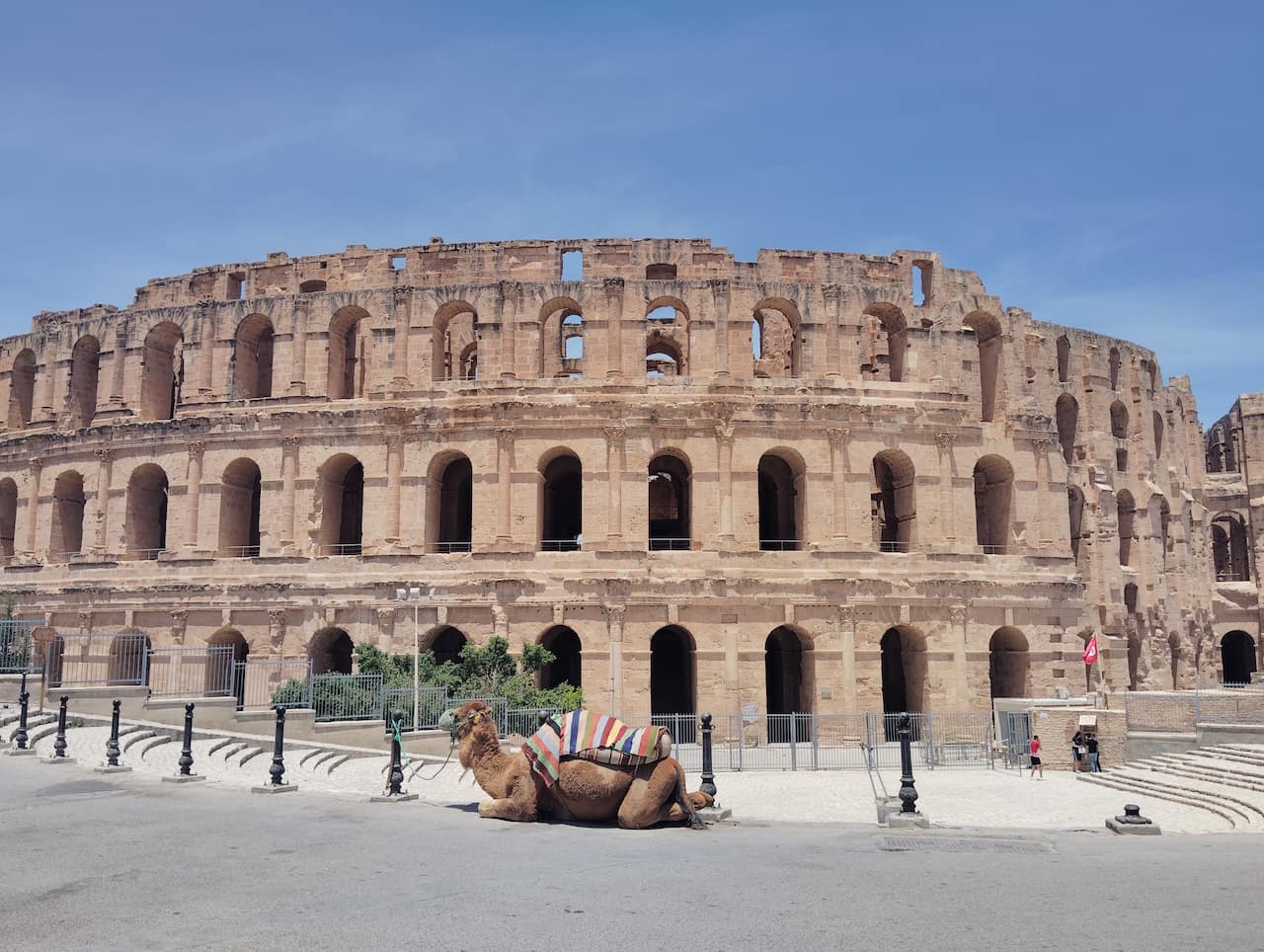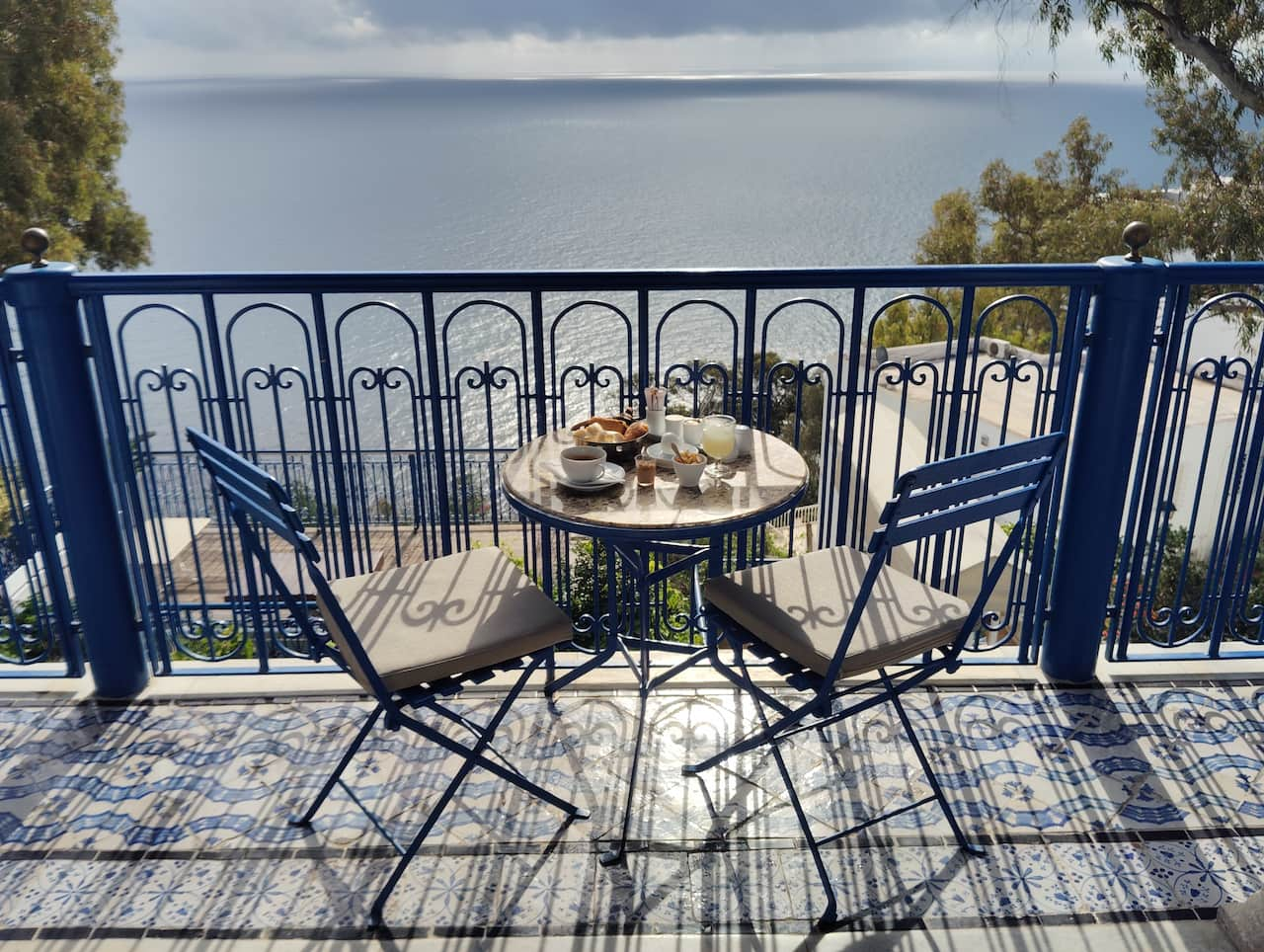Anse Intendance, located in the beautiful southern part of Mahé Island in the Republic of Seychelles, is one of the hidden paradises highly rated by travelers from around the world. This beach is a place where natural beauty and tranquility blend together, truly resembling a 'picture-perfect tropical paradise.' Here, we will introduce the charms of Anse Intendance in detail.
1. Natural Beauty and Unique Landscape
Anse Intendance is a bay-shaped coastline approximately 800 meters long, featuring pristine white powder sand beaches and an emerald green sea. Giant granite rocks unique to the Seychelles are scattered along the coast, with lush tropical rainforests spreading behind. Since development is kept to a minimum, the pure natural landscape remains free of artificial structures, deeply moving visitors.
The charm of this beach is that it has fewer tourists compared to other famous Seychelles beaches, offering a quiet and private space. It is the perfect place to forget the hustle and bustle of the city and relax while listening to the sound of waves and the whisper of the wind.
2. A Popular Spot for Surfers
Anse Intendance is known for its high waves and strong currents on Mahé Island, making it a particularly popular beach among surfers. While Seychelles beaches generally have calm waves, here, due to wind direction and topography, large waves are prone to form, providing ideal conditions for surfing and bodyboarding.
However, caution is required for swimming. On days with strong tidal currents, swimming can be dangerous, and it may be unsuitable especially for those with children or those who are not confident swimmers. Therefore, it is important to always check the sea conditions before visiting.
3. Accommodations that value harmony with nature
Right next to the beach, the luxury resort 'Banyan Tree Seychelles' once existed and was known as a place for environmentally conscious luxury stays. Although it is now closed, there are several accommodations around Anse Intendance, such as ecolodges and guesthouses, that emphasize coexistence with nature.
These facilities offer experiences such as cuisine using local ingredients and opportunities to feel Seychellois culture, allowing for a 'journey to blend into the local area' rather than just sightseeing.
4. Importance as a sea turtle nesting site
Anse Intendance is also an important coastline where Green and hawksbill turtles endangered sea turtles inhabiting the Seychelles come to nest. During the sea turtle nesting season, walking on the sandy beach at night may allow you to spot sea turtles, which can be a once-in-a-lifetime moving experience.
To protect such ecosystems, local environmental conservation groups are engaged in sea turtle conservation activities, and visitors are also required to observe certain manners and rules.
5. Reasons for popularity among photographers and honeymooners
The romantic atmosphere and picturesque scenery of Anse Intendance are highly praised by photographers and honeymooning couples. Especially at dusk, the beach is incredibly beautiful with the contrast of the orange and pink tinted sky and sea, creating a moment that feels like a scene from a movie.
Many couples have their wedding photos taken here, creating everlasting memories.
summary
Anse Intendance is one of the representative beaches of the Seychelles, combining pristine nature, a rich ecosystem, the allure of the waves, and romantic scenery. It is an ideal place for those seeking true relaxation in the tranquility of nature, away from the hustle and bustle of the city.
By staying with respect for the local nature and culture, rather than just sightseeing, you will be able to experience the true charm of Anse Intendance. When visiting the Seychelles, please consider adding it to your travel destinations.

